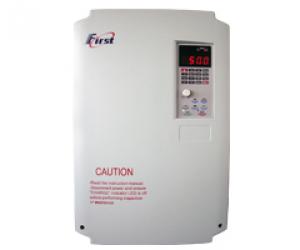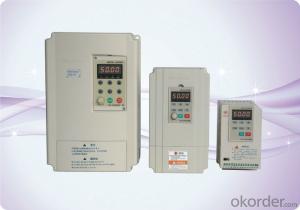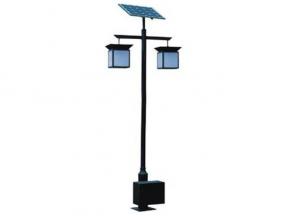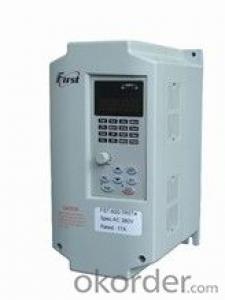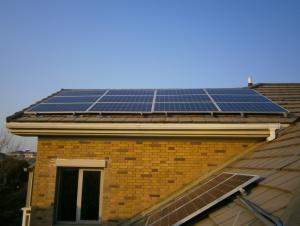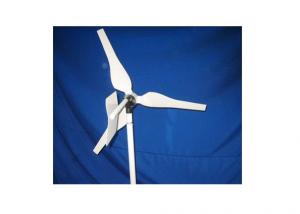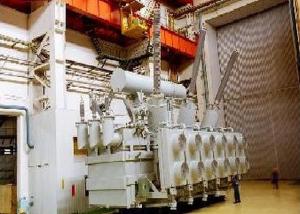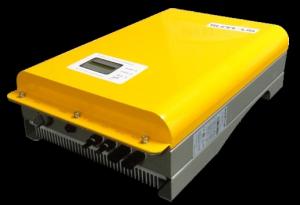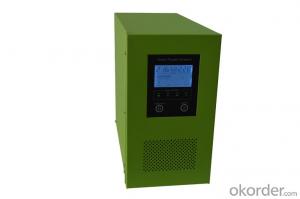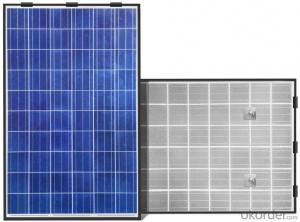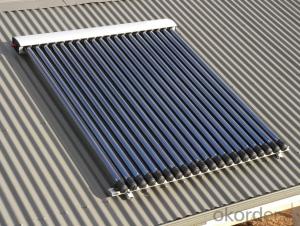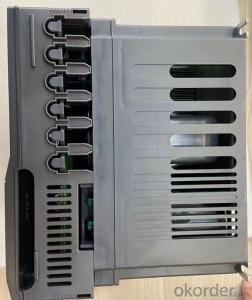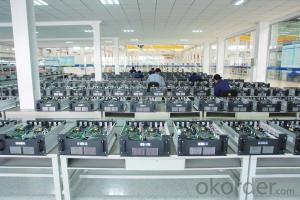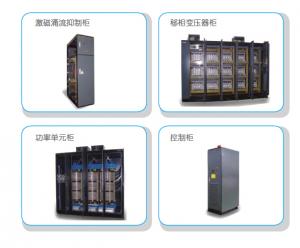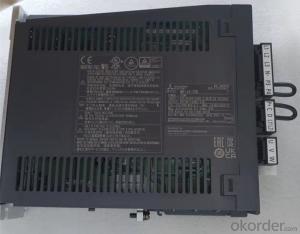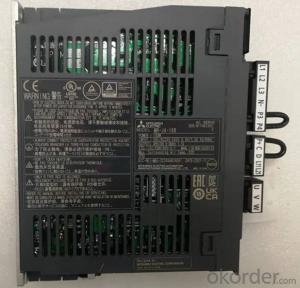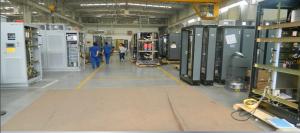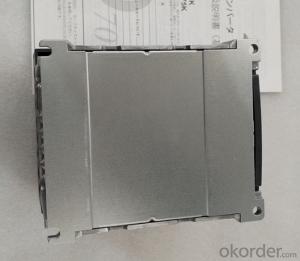Quality Solar Inverter
Quality Solar Inverter Related Searches
High Quality Solar Inverter Good Solar Inverter Reliable Solar Inverter Best Solar Inverter Best Inverter Solar High Efficiency Solar Inverter Buy Solar Inverter Best Solar Power Inverter Good Solar Inverter Brands The Best Solar Inverter Solar Best Inverter Smart Solar Inverter Best Solar Battery Inverter Solar Inverter Best Best Solar Panel Inverter High Power Solar Inverter Solar Energy Inverter Cheap Solar Power Inverter Best Solar Inverter Brands Solar Solar Inverter Smart Solar Power Inverter Smart Inverter Solar Solar Inverter Supplier World Best Solar Inverter Top Solar Inverter Best Solar Hybrid Inverter Buy Solar Panel Inverter Intelligent Solar Inverter Best Inverter For Solar Power Solar InverterQuality Solar Inverter Supplier & Manufacturer from China
Quality Solar Inverter is a collection of high-performance solar power conversion devices designed to optimize the efficiency of solar energy systems. These inverters are engineered to convert the direct current (DC) generated by solar panels into alternating current (AC), which can then be used to power homes, businesses, and other electrical appliances. The product line includes a variety of models, each tailored to meet the specific needs of different solar energy setups.The application and usage scenarios of Quality Solar Inverter are vast, making them an essential component in a wide range of solar power systems. They are commonly used in residential, commercial, and industrial settings, where solar panels are installed to harness the sun's energy and reduce reliance on traditional power sources. These inverters play a crucial role in ensuring that the energy generated by solar panels is effectively utilized, providing a clean and sustainable source of power.
Okorder.com is a reputable wholesale supplier of Quality Solar Inverter, boasting a large inventory that caters to the diverse requirements of customers worldwide. By offering a comprehensive selection of solar inverters, Okorder.com ensures that clients can find the perfect match for their solar energy systems, regardless of size or complexity. This extensive inventory, coupled with competitive pricing and exceptional customer service, positions Okorder.com as a leading provider of Quality Solar Inverter products in the global market.
Hot Products


